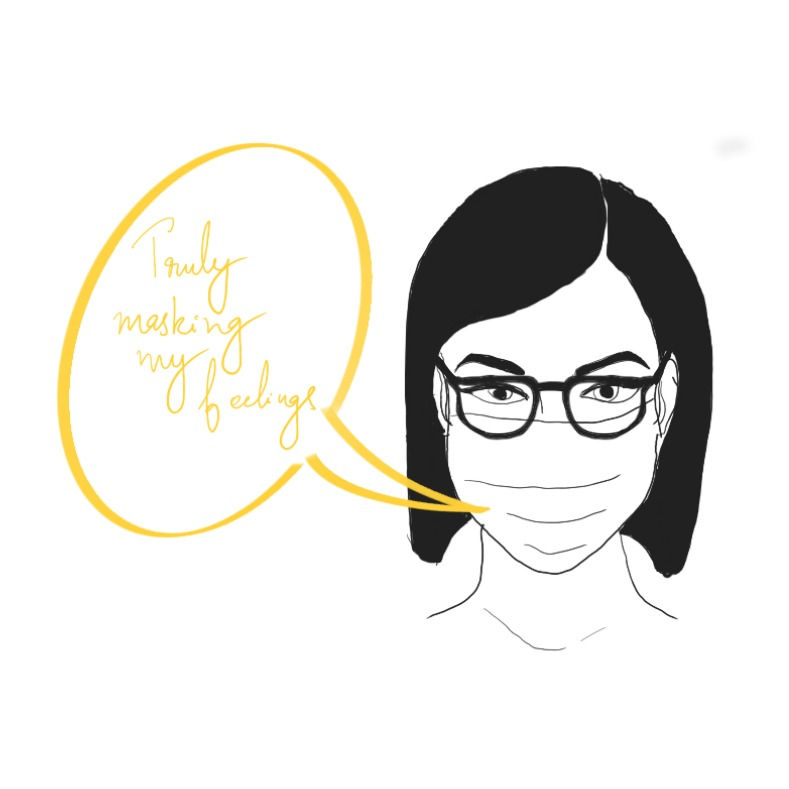Emotions in Architecture
- Swati Nair
- Nov 30, 2021
- 3 min read

We borrow from nature the space upon which we build and the inspiration to build that building. …Tadao Ando
Being emotional beings, I believe it can be our strongest and weakest weapon in life. It can pull you down or lift you up and it’s a never-ending circle of life. Though we may learn to cope, we are never able to overcome these feelings because if we could do so, there’d be nothing left to conquer.
As an architect, I believe I’ve been provided with the privilege to control people’s emotions to an extent. Though you may not realize it, architecture shapes your everyday life. Nearly 87% of our time is spent indoors, be it your home or office space or a shopping mall. But each space evokes a different sensation depending on the way it’s designed.
Experiencing a space evolves cognitively, but the perception is rooted in visceral feelings. In my blog post on the ‘philosophy of space’, I speak of various spaces including dark ones, well-lit spaces, etc.; that evoke different senses in us, and that is visceral emotion. While a cognitive response is mostly behavioral, something that has evolved over time with experience, a reflective feeling is sensed when we’ve been through that experience and we can predict what a certain space could feel like.

Stefan Behling (designer at Foster + Partners) in his talk about emotions in architecture explains how we humans aren’t as different in our needs from that of a monkey. But we have come as far as normalizing submarine-shaped skyscrapers with forced ventilation and artificial lighting that destroys you from trying to feel alive. Offices and apartments have become white boxes in urban areas which can be closely linked to the white torture rooms that are built to evoke extreme sensory deprivation. Within 24 hours of being in a soundproof white room that is artificially controlled with forced ventilation and lighting that doesn’t cast any shadows, it’s proven to have adverse effects on one’s mind, forcing them to hallucinate because that’s the way the body fights plasticity.

Consider an office cubicle which is rather similar to a prison wherein a person is forced to feel trapped and isolated in a huge building, and this, in turn, adds to the stress and produces low performance.
A pink room, however, is proven to calm a person and it is used in prisons to control aggressive inmates, and this makes me wonder if a cubicle painted pink would help increase an employee’s productivity.

The best things in the world are natural! Anything closest to nature is the second best that we as mankind can achieve. Someone once asked me why we architects love to erect large glazings everywhere. Although this is not true, I believe that our connectivity with nature must remain even when we’re indoors because we are in need of biophilic architecture in this fast-paced modern world that cuts us off from our natural environment.
The smell of fresh air, the sight of a tree, the touch of a raindrop are some of the essentials to feeling alive. That is why some of our fondest memories are related to nature because we’d remember the time we spent with a loved one on a verandah over a materialistic gift received that loses value in time.
Therefore, I believe architects are to continuously implore on empathetic behavior to understand the client’s needs, because what we want is not what we usually need, and to create a space that provides for every necessity that varies individually are some of the best designs we can achieve to create. Personally, charity and volunteer work are a reminder of my empathetic values, because they constantly remind me of a world that’s deprived of materialistic living and bring me down to earth.

© 2020 Swati Nair All rights reserved



Comments